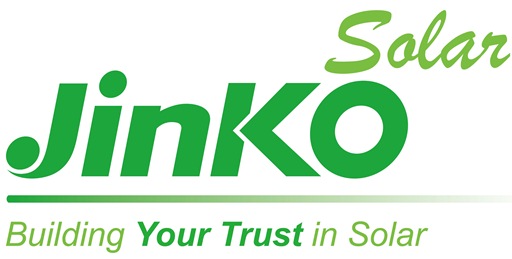Some people are saying that Moore’s Law in the solar PV industry is dead. With regard to the Tiger Neo III, how have TOPCon and process technologies enabled product advances?
Dany: Our Tiger Neo III is based on TOPCon and process node scaling. As you look at the innovation hype in our industry, we actually continue to find different ways to integrate more capabilities into cells to achieve a higher level of efficiency and productivity. TOPCon technology scaling will continue toward its limit of 28.7%, followed by integration with the perovskite tandem structure.
The Tiger Neo III integrated a major technology enhancement in terms of bringing further power and performance to future high-performance applications, especially those targeting the utility and distributed generation market. It features HOT 4.0 all-around passivation in the metal and non-metal areas of both the front side and rear side, MAX light trapping and absorption technology, edge passivation of half-cut cells, 0BB, and other advances. By using our hybrid technique, we achieve efficient connectivity and power simultaneously. I think this is how you get the best of both worlds.
How does this affect the cost of manufacturing?
Dany: If you look at the benefits to density, power, and performance, I think those outweigh the costs that will be associated with it. This is particularly important for high-performance applications where production kWh/kW is the key driver. We allow our customers to improve the power of the front side of the module without sacrificing bifaciality.
What is the production timeline for the Tiger Neo III?
Dany: We already have a limited production run, but we are targeting the second half of 2025 to go into production for leading customers. These will be the more high-performance customers who want to adopt this product early to address their future needs.
JinkoSolar’s strategy is to achieve a major technology breakthrough and then to iterate on it quickly with variations. How successful has this strategy been?
Dany: If you look at our technology roadmap, moving from 22.3% module efficiency in 2022 to 23.23% in 2023, and now to 24.8%, this shows a greater than 10% increase per generation. In between these nodes, we are continuing to drive incremental enhancements to allow our customers to continue to harvest the scaling benefit of each new generation of technology. So we will continue to drive substantial improvements in power, performance, and density.

Image: JinkoSolar
What is the pricing strategy for the Tiger Neo III, and what do you expect for solar pricing and demand trends in general?
Dany: We are now at the bottom of the pricing curve, and I expect it will rebound soon. We don't have to reduce the price for the Tiger Neo III, because it has enough of a margin for developers and investors. Surely, we will have an increased price for the Neo III, but it will bring down LCOE due to its great performance enhancement.
I think we'll continuously see an increase in the demand for highly efficient products. So we will continue to expand our capability at the generation (kWh/kW) and LCOE ($/kWh) levels. We're providing customers a platform to allow them to integrate increased productivity with increased reliability to address demanding requirements.
Where does JinkoSolar stand on back contact?
Dany: JinkoSolar is the leader in terms of bringing n-type TOPCon into high-volume manufacturing, and our R&D team will continue to look at the new back contact technology. There are, however, lots of factors to consider, such as the scalability and the cost of manufacturing.
We are evaluating the option of adding back contact alongside our TOPCon manufacturing, but there are still some IP-associated risks and some unsettled technological disadvantages, such as lower bifaciality, loss of electricity, and low yield rate. We do offer our customers the option to continue to leverage existing designs to achieve higher power from the front side without sacrificing bifaciality and cost. We can’t forget that rear side power is free of charge to customers.
Can you talk about JinkoSolar’s plans to expand production worldwide?
Dany: We have announced multiple new factories around the world, and development is progressing quickly. Our manufacturing footprint has expanded significantly. We have built our first Middle East factory, which focuses on our TOPCon technology with >26% cell efficiency, which we're going to move into production in 2026.
The questions and responses in this sponsored interview article were provided by JinkoSolar.
This content is protected by copyright and may not be reused. If you want to cooperate with us and would like to reuse some of our content, please contact: editors@pv-magazine.com.




By submitting this form you agree to pv magazine using your data for the purposes of publishing your comment.
Your personal data will only be disclosed or otherwise transmitted to third parties for the purposes of spam filtering or if this is necessary for technical maintenance of the website. Any other transfer to third parties will not take place unless this is justified on the basis of applicable data protection regulations or if pv magazine is legally obliged to do so.
You may revoke this consent at any time with effect for the future, in which case your personal data will be deleted immediately. Otherwise, your data will be deleted if pv magazine has processed your request or the purpose of data storage is fulfilled.
Further information on data privacy can be found in our Data Protection Policy.